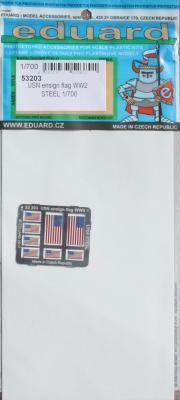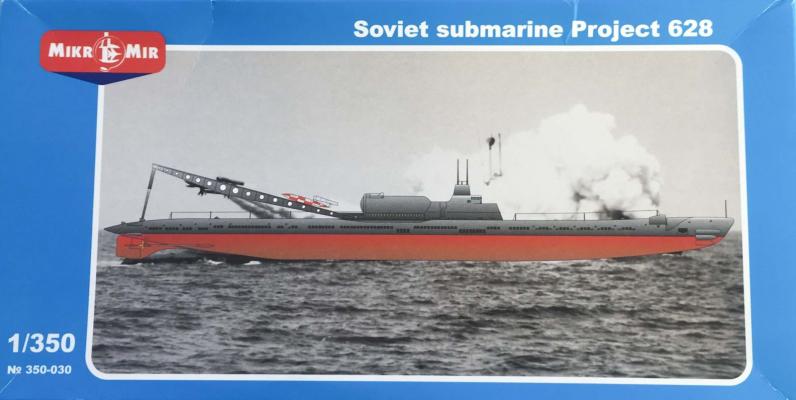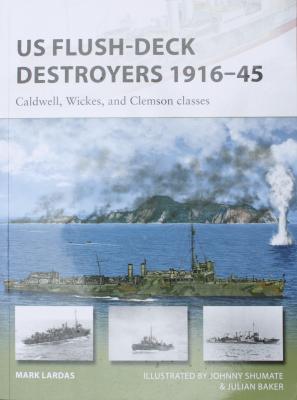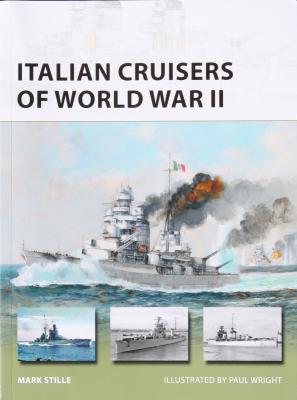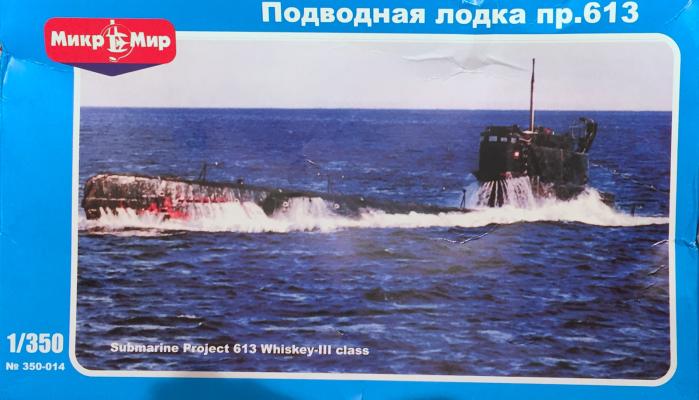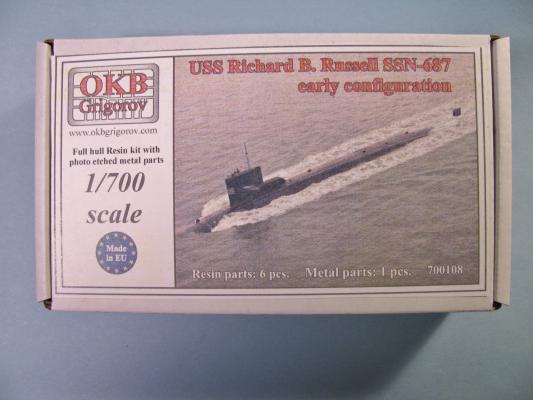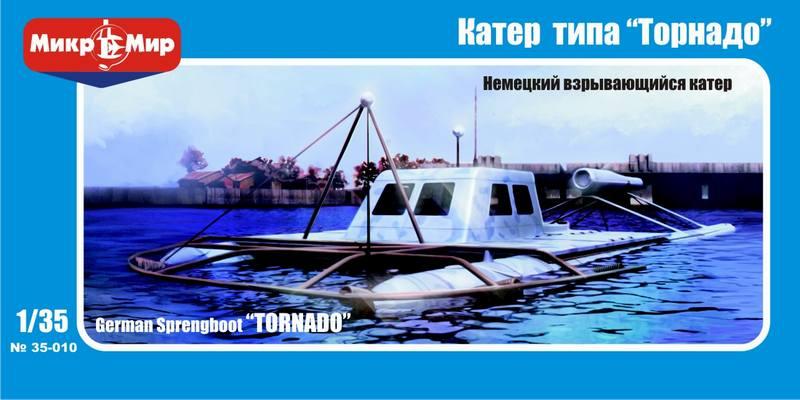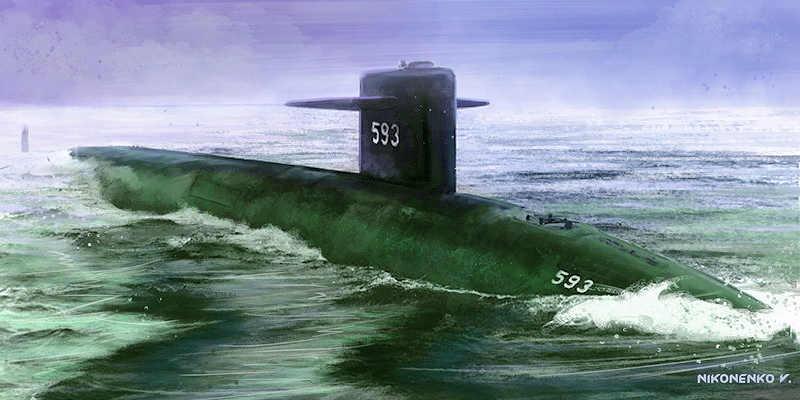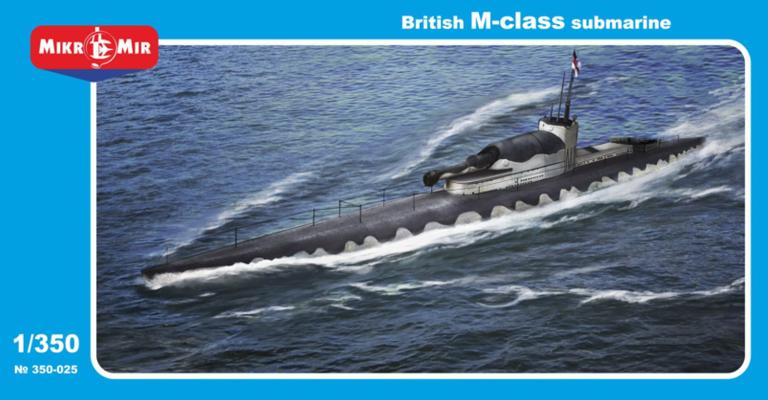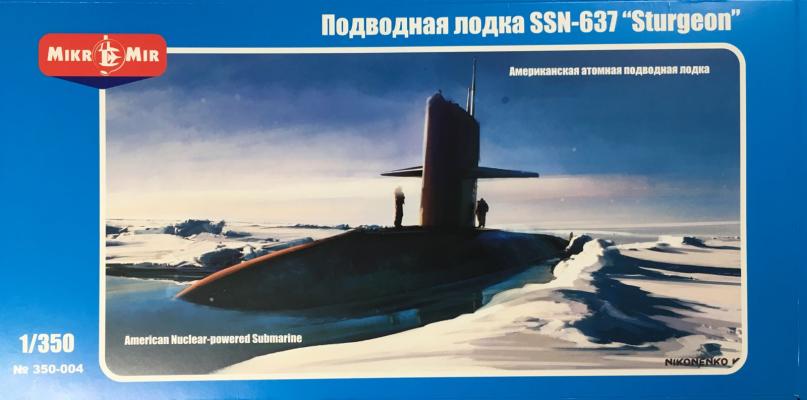I have always had an interest in submarines after visiting the USS Cod in Cleveland. When the USS Thresher came up for review from MikroMir, I jumped at the change. The USS Thresher was the first of the new (in 1961) Permit class subs and had all the modern equipment for the time. She was 279 feet long and nuclear powered. Sadly, she was the first of the nuclear subs to be lost at sea during driving trials when she imploded about 350km east of Cape Cod on April 10, 1963.
MikroMir’s kit of the Thresher consists of two hull halves split upper and lower, a small PE fret with the propeller and other parts, decals for all subs in this class, two base parts and lastly, a small gray sprue containing the scopes, diving planes and the rest of the parts. Parts are nicely engraved and flash free. I have attached a copy of the instructions also.

